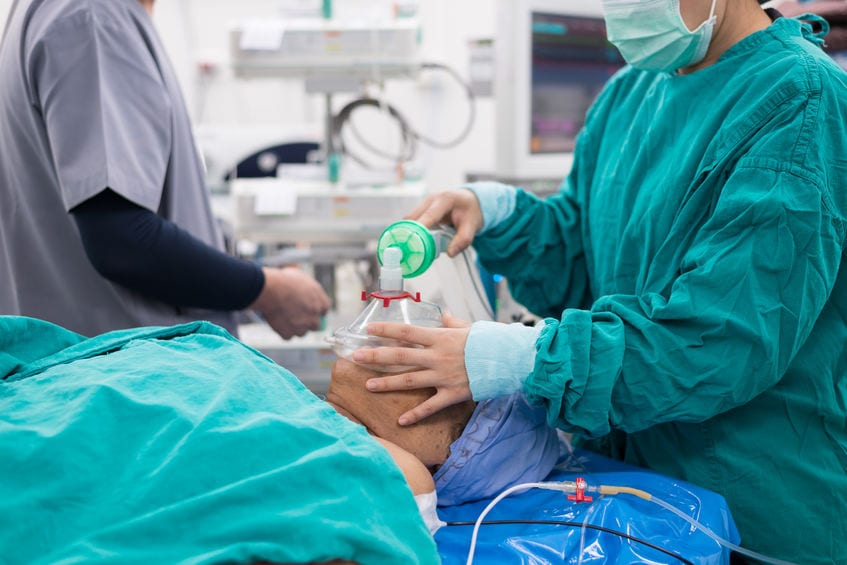The U.S. Bureau of Labor Statistics predicts a 30% growth for the careers as a whole and that is much higher than the national average. Anesthesiologist assistants are also some of the highest earners in allied health and we will cover that in detail below too.
What it Will Take to Become an Anesthesiologist Assistant
(CAAHEP) database of accredited anesthesiologist assistant programs
Get Certified to Become an Anesthesiologist Assistant
The exam for licensing is called the Examination for Continued Demonstration of Qualifications of Anesthesiologist Assistants or the CDQ. The CDQ Examination is designed to test your cognitive and deductive skills in the art of practicing anesthesiologist assisting tasks and duties. The CDQ is given by prometric testing and can be scheduled by choosing testing program “National Commission for Certification of Anesthesiologist Assistants” at their website or by telephone at 800-490-6504.
As of 2012, the (AAAA) American Academy of Anesthesiologist Assistants reported there are eleven states where AAs are licensed and allowed to function as part of the surgical anesthesia team. These states are AL, FL, GA, KY, MO, NC, NM, OH, OK, SC, VT and Washington D.C. Six other states allow their anesthesiologists to directly delegate anesthesia procedures to their anesthesiologist assistants during surgery. They are CO, MI, NH, TX, WI and WV.
What do Anesthesiologist Assistants do?
AAs accompany their patients before, during and after anesthesia has been given to them to make sure that the quality and continuity of care is as high as it can be. Anesthesiologist assistants (AA) are also trained to be able to assist in any necessary life-saving measures if they are needed, like CPR or cardiac life support. As you can tell the AA is extremely important and plays a major role in the anesthesia process.
These are not all their important duties but they are a core part of what the typical job description is for a licensed AA.

